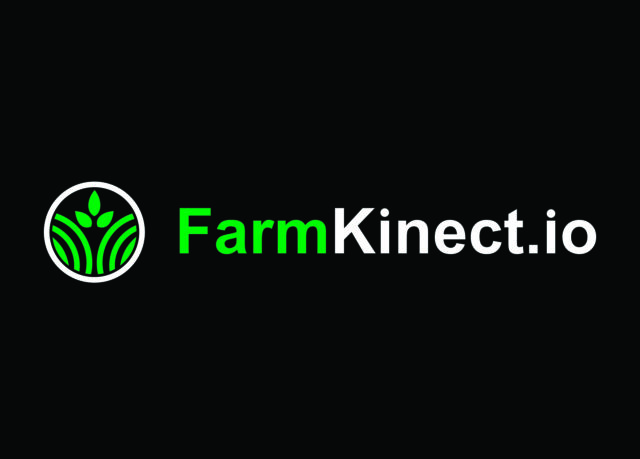That is what our State of the Dairy Industry issue does.
We start that section here with a look at the results of an economic study commissioned by Dairy Farmers of Canada. It explains how dairy is an $18.9 billion industry in Canada and its “Milkle-Down Effect” into urban and rural communities.
Kenneth Poon, associate director at the Institute for the Advanced Study of Food and Agricultural Policy, and Greg Pate, economic policy analyst with the Ontario Ministry of Agriculture, Food and Rural Affairs, use the Ontario Farm Income Database, a collection of revenue and expense data on all tax-filing farms in Ontario, to analyze current farm financial situations and how well farms of each type will be able to handle a potential rise in interest rates. Click here to read this article.
Economists at Farm Credit Canada had their eyes on five economic drivers for the year. J.P. Gervais provides a mid-year check-in to see if the predictions are being realized. The five areas include the economies in the U.S. and China, Canada’s agricultural labour market, food prices, farm equipment sales and farmland values.
Late in 2014, Dairy Farmers of Manitoba introduced a public quota credit exchange. Click here to find out how this platform is helping producers buy or sell quota credits and aiding the province in fulfilling its market share of quota. A dairy producer from Manitoba also weighs in on his experience with the exchange.
As I write this, it sounds like the trans-Pacific trade agreement talks may be coming to an end, with the last round occurring before you receive this issue. A significant controversy still to be resolved is Canada’s agriculture market, particularly for dairy and poultry.
As dairy’s supply management has been in the news quite a bit due to these trade talks, Julaine Treur wanted to add her perspective as a dairy producer from British Columbia. She posted an article on her blog to address this issue and shared it with Progressive Dairyman.
Now if all of that isn’t enough to get your head spinning around the forces that impact Canada’s dairy industry, David Fraser from the animal welfare program at the University of British Columbia throws out an idea that is definitely one to ponder – “Could dairy production become a ‘profession?’”
If dairy farmers could be as trusted as doctors, it could really impact your social license to farm. Fraser points out that with fewer dairy farmers than doctors, a professional model is more feasible than ever before.
To see just how many farms there are in Canada, be sure to check out the annual dairy statistics poster within this issue. We broke down the numbers by province and by region, included information on imports and exports, and shared the latest numbers on the type of dairy barns utilized throughout the country.
If you’re looking to build a new dairy structure in the coming year, our facilities section should be of interest. There are articles on farmstead plans, building longevity, flooring, maternity pens and automatic milking facility design.
Also, if you’re interested in learning more about one of Canada’s newest dairy facilities, read the article here on the Livestock Research and Innovation Centre in Ontario.
I hope you enjoy this issue and the chance to take a broader look at the industry. PD

-
Karen Lee
- Editor
- Progressive Dairyman
- Email Karen Lee








